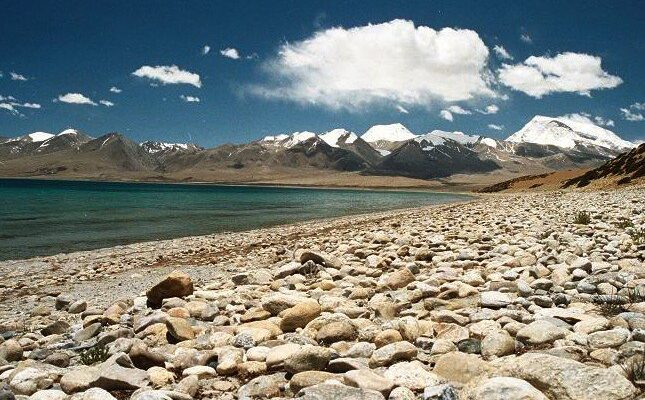Lake Manasarovar
Lake Manasarovar is a freshwater body of water in Western Tibet that is considered sacred by the people of the country. According to Hindu legend, the lake was created in the mind of Brahma. Tibetans call it “Maham Yubtso”, which translates to “invincible turquoise lake”. This name appeared in the 11th century, when the Bon religion in the mountains of Tibet was replaced by Buddhism. Today, believers make religious koras or circumambulations around Lake Manasarovar.
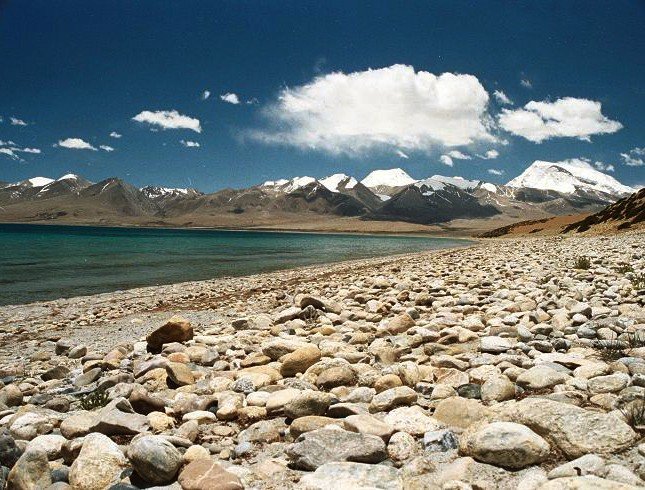
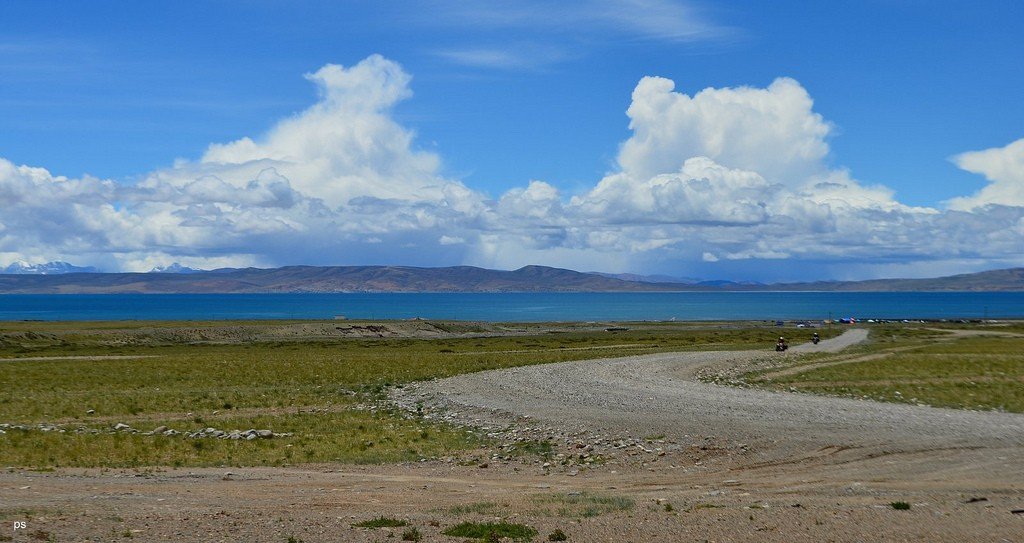
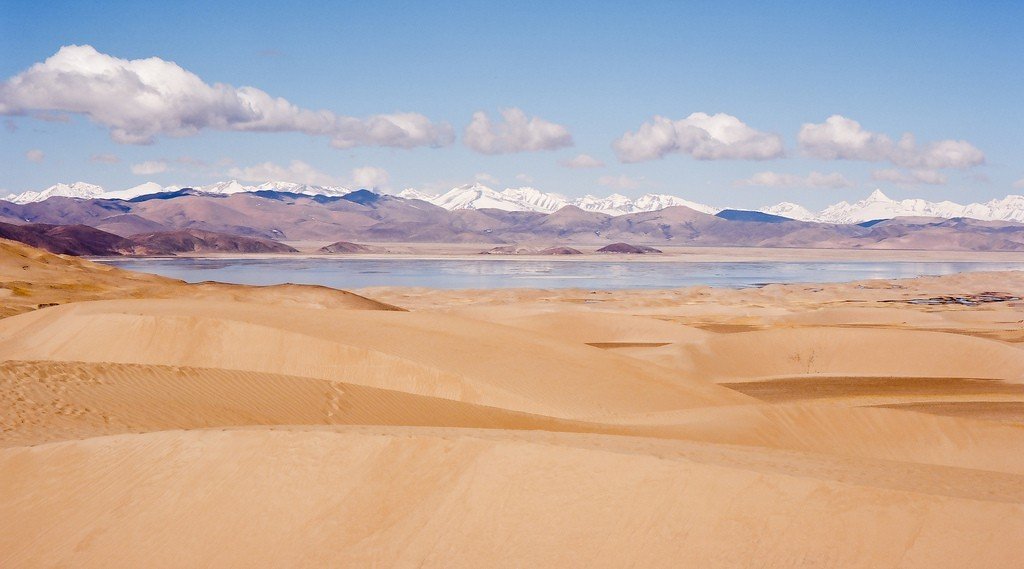
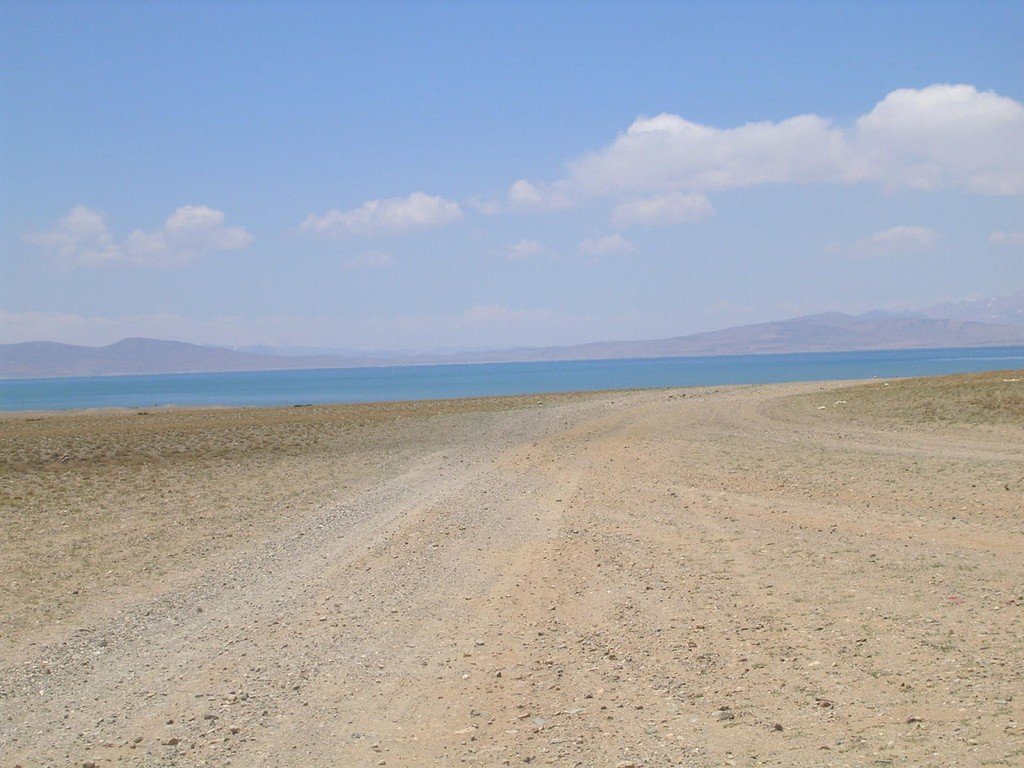
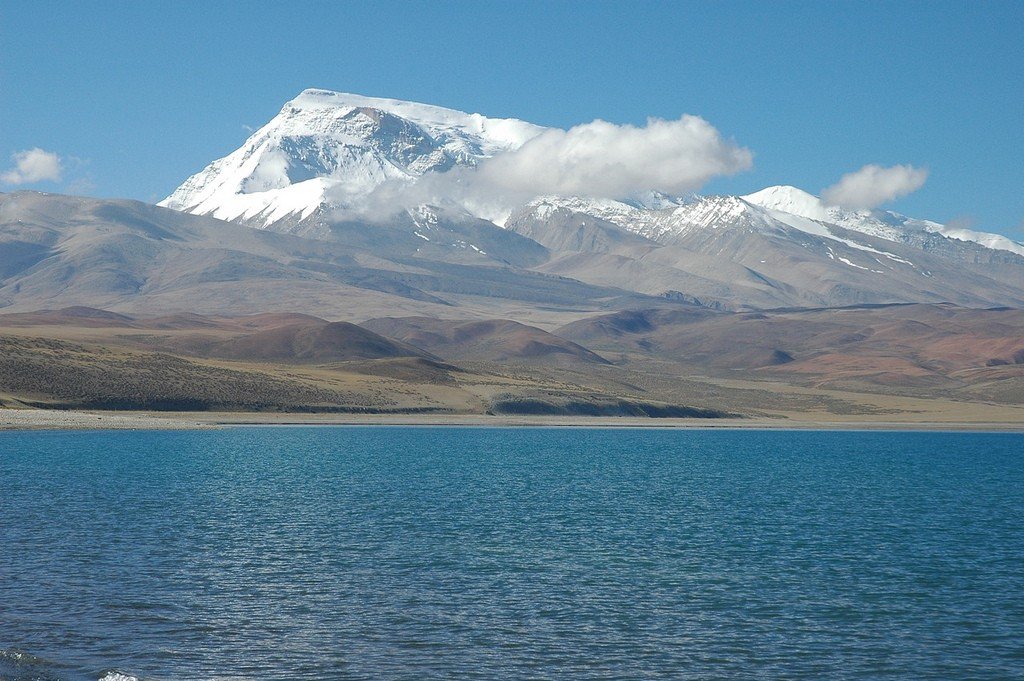
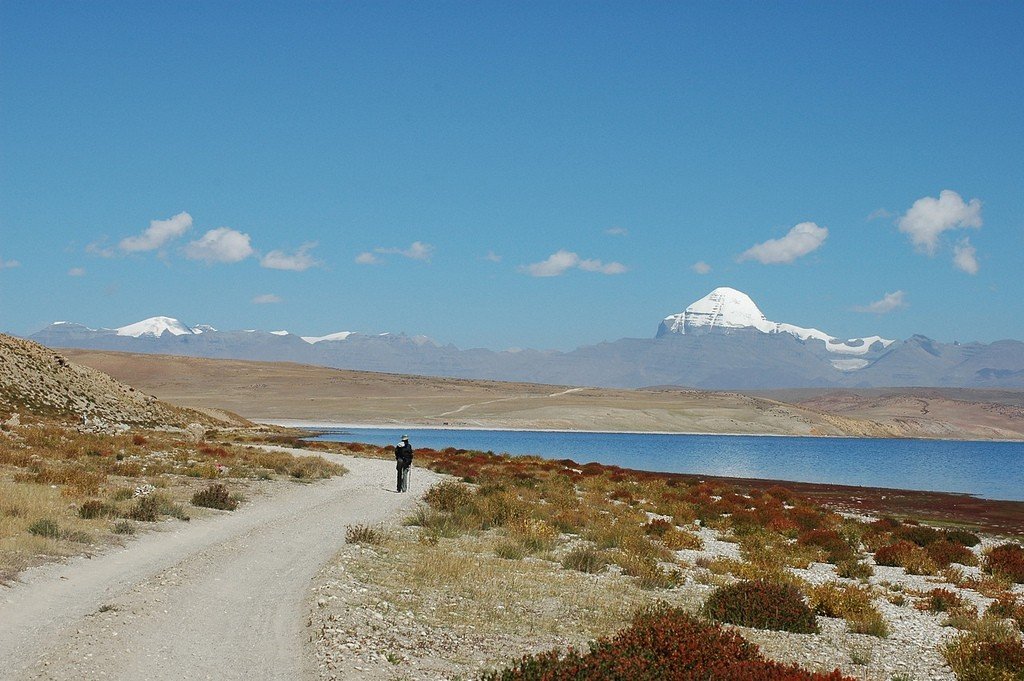
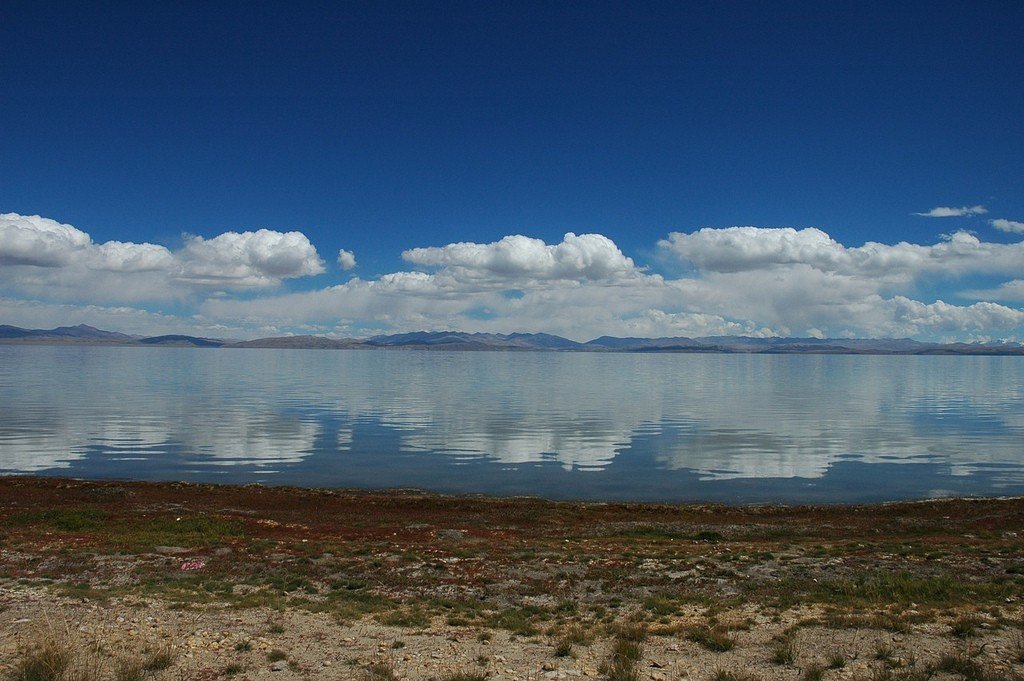
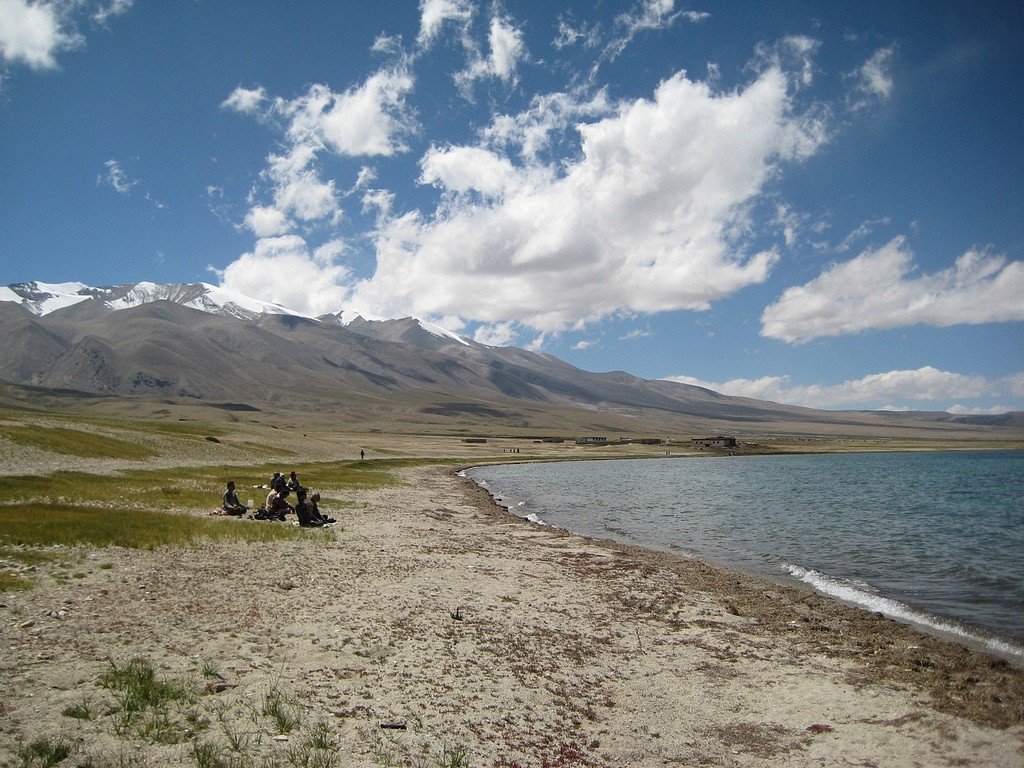
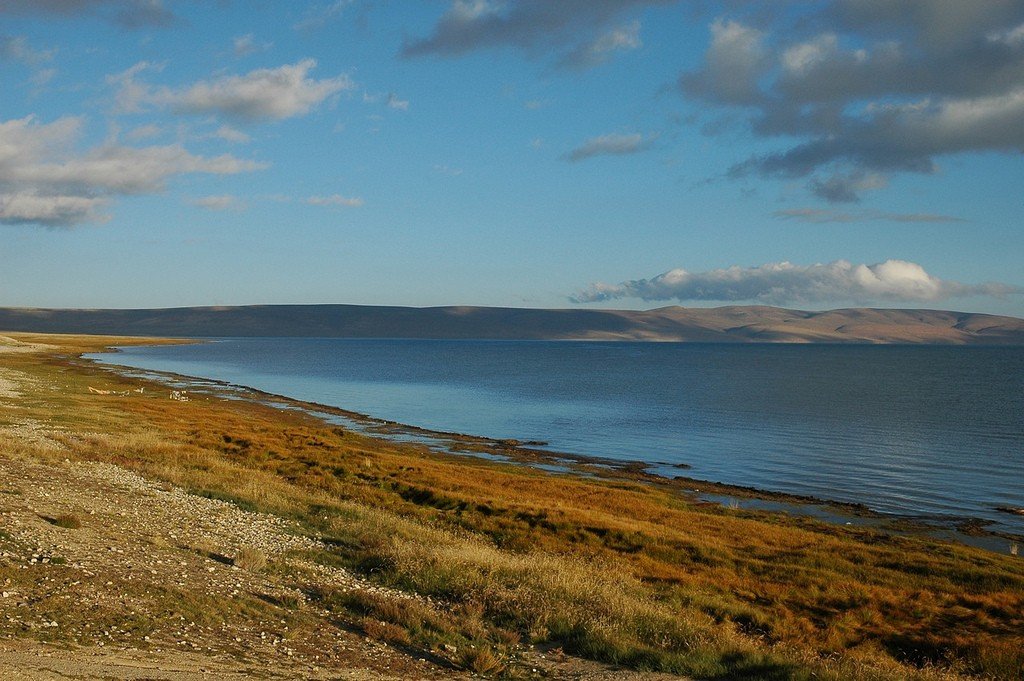
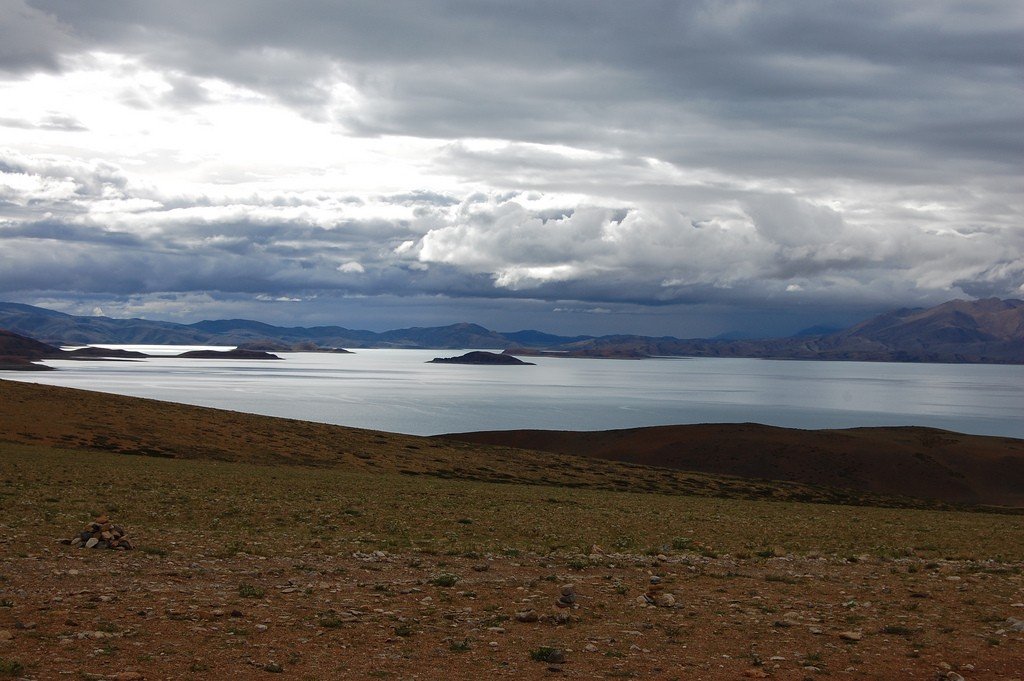
Video: Lake Manasarovar
Contents- Highlights
- The Tibetan body of water in legends and beliefs
- What to see
- Prices to visit
- How to get there
Highlights
The natural reservoir spreads at an altitude of 4,557 meters and reaches a depth of 82 meters. It has an area of 520 km² and a shoreline length of 88 km. Lake Manasarovar is the largest of all freshwater lakes in the world at such an altitude, and at the same time, the most full and alive. Its waters are home to many fish and there are hot springs near the reservoir.
.The lake water is never polluted – this is not allowed by the locals. In winter, the lake freezes over. Not far from it run the sources of major Asian rivers – Indus, Brahmaputra, a multi-water tributary of the Ganges – Ghaghara and the largest tributary of the Indus – Sutlej.
.Tibetan water body in legends and beliefs
Lakes Manasarovar and Langa Tso are connected by the 10 km long Gonga Chu canal located underground. Curiously, the waves almost never subside at Langa Tso and the area can be very cloudy. According to Buddhists, Langa Tso Lake is the dark side of the world and has brackish “dead” water.
.Lake Manasarovar is considered by Tibetans to be the embodiment of the legendary Anawatapta reservoir, where Shakyamuni Buddha was conceived. According to other legends, the gods brought Queen Maya here so that she could wash herself before the birth of her son. Legend has it that there are huge treasures at the bottom of the lake. But no one is looking for them, as Buddhist treasures are sacred.
.In Buddhism and Hinduism, the healing power of Lake Manasarovar is revered. Believers believe that water from it can purify a person’s karma and rid them of disease. “Living” water is used by Hindus for ablutions, and adherents of Buddhism drink it for spiritual purification.
.Pilgrims participate in the circumambulation around the lake, which lasts 3-4 days. The first believers who performed kora around the high mountain water body are known from ancient Indian texts – puranas.
.
What to see
There are several monasteries standing around Lake Manasarovar, and the most revered of them is considered to be Chiu Gompa. There are hot springs near the Buddhist monastery where tourists are allowed to bathe. Bathing costs 50 yuan per person.
.Near the Chiu Gompa Monastery, there is a village with several stores selling food and other necessities for traveling. Tourists and pilgrims are welcomed by two guesthouses with simple cafes. Here you can spend the night, eat cheap rice, noodles, taste tsampa and drink delicious Tibetan tea.
.Prayer drums, ancient sacred stupas and many stones with the words of mantras written on them have been preserved on the outskirts of the village. Usually tourists and believers spend 2 nights in the village – at the beginning and after the bark around Mount Kailas.
.Prices to visit
It is free to visit Lake Manasarovar. A small amount of money is charged from the tourists by the ministers of the cult. Pilgrims pay all necessary expenses from their own pockets. In principle, the spending is insignificant, so the pilgrim’s path for ritual bark is available to anyone who believes in Buddha – even very poor people.
.How to get there
Lake Manasarovar lies in Ngari District, 20 kilometers southeast of the sacred Mount Kailas and 950 kilometers west of Lhasa. It can be approached by jeep or bus.
>